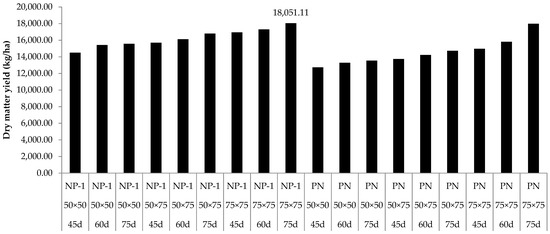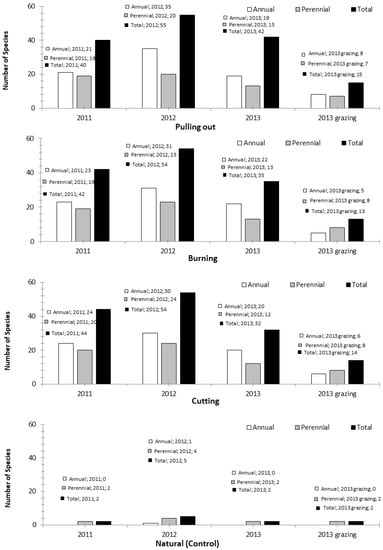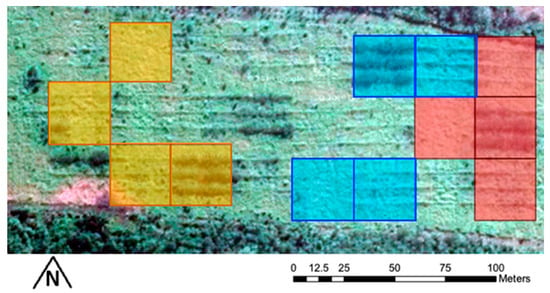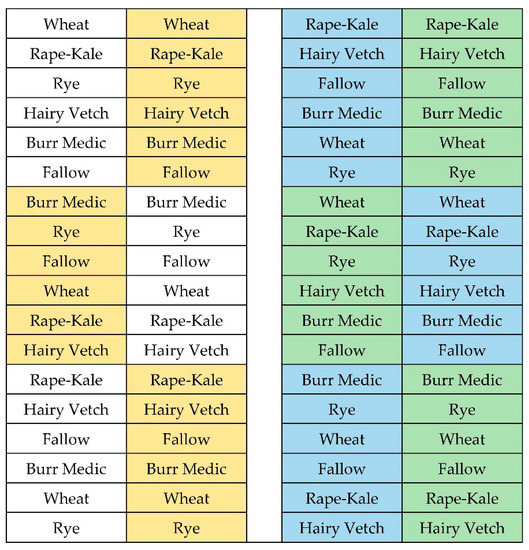Novel Animal Feeds, Forage Crops, and Cultivation Strategies for Enhancing Livestock Nutrition and Ecosystem Services
A topical collection in Animals (ISSN 2076-2615).
Submission Status: Closed | Viewed by 31553Editor
Topical Collection Information
Global meat and milk production has increased rapidly in recent years and livestock farms now cover vast areas of the planet. Livestock farms can deliver benefits to society, such as provisioning (e.g., meat, milk, and raw materials), regulating (e.g., soil protection and carbon storage), supporting (e.g., wildlife habitat and genetic diversity), and cultural (e.g., aesthetic inspiration, tourism, mental health, and physical health) ecosystem services. Although some livestock feeds and feeding systems enhance the delivery of ecosystem services, many do not, causing detrimental impacts on our environment. Innovative feeding techniques and technologies could offer solutions, increasing productivity, optimising the delivery of valuable ecosystem services, and improving the sustainability of the sector. Innovations include novel feed components, novel combinations of feed and/or forage, and novel methods of cultivation (e.g., biodiverse pastures, low fertiliser inputs, silvopasture, and precision farming).
In this Special Issue, we aim to bring together research articles, reviews, and short communications that investigate novel animal feeds or forage crops as well as innovative cultivation or feeding strategies. Manuscripts should consider the nutrition or health of the animals as well as the delivery of one or more ecosystem service (for more information, see http://www.teebweb.org/resources/ecosystem-services/). Manuscripts that focus on housed or pasture-fed livestock, or that focus on the cultivation of the feed or forage, are welcome providing that they also consider at least one ecosystem service in addition to food production.
Dr. Mark A Lee
Guest Editor
Manuscript Submission Information
Manuscripts should be submitted online at www.mdpi.com by registering and logging in to this website. Once you are registered, click here to go to the submission form. Manuscripts can be submitted until the deadline. All submissions that pass pre-check are peer-reviewed. Accepted papers will be published continuously in the journal (as soon as accepted) and will be listed together on the collection website. Research articles, review articles as well as short communications are invited. For planned papers, a title and short abstract (about 250 words) can be sent to the Editorial Office for assessment.
Submitted manuscripts should not have been published previously, nor be under consideration for publication elsewhere (except conference proceedings papers). All manuscripts are thoroughly refereed through a single-blind peer-review process. A guide for authors and other relevant information for submission of manuscripts is available on the Instructions for Authors page. Animals is an international peer-reviewed open access semimonthly journal published by MDPI.
Please visit the Instructions for Authors page before submitting a manuscript. The Article Processing Charge (APC) for publication in this open access journal is 2400 CHF (Swiss Francs). Submitted papers should be well formatted and use good English. Authors may use MDPI's English editing service prior to publication or during author revisions.
Keywords
- animal nutrition
- climate change
- ecology and ecosystems
- forage
- grasslands
- livestock
- natural capital
- plants











